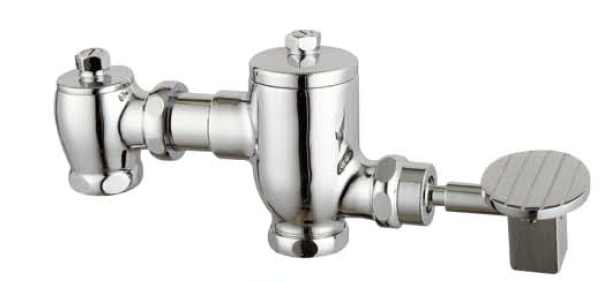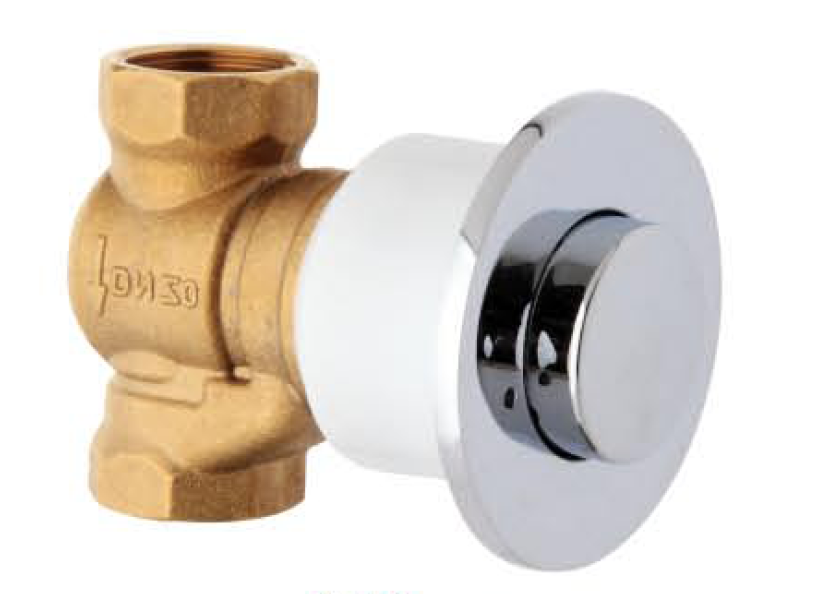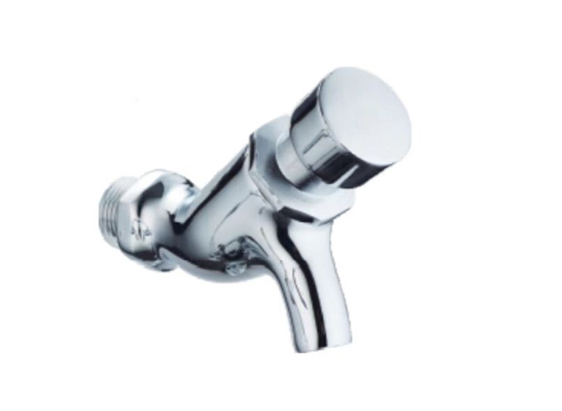How Does a Self-Closing Tap Work?
A self-closing tap, also known as a self-closing faucet or a spring-loaded faucet, is a type of water valve commonly found in public restrooms, kitchens, and other areas where water conservation is important.
A self-closing tap, also known as a self-closing faucet or a spring-loaded faucet, is a type of water valve commonly found in public restrooms, kitchens, and other areas where water conservation is important. It is designed to automatically shut off the flow of water after a predetermined period, typically ranging from a few seconds to a minute. This mechanism helps prevent water wastage by ensuring that taps are not left running unintentionally.
The HDPE Coating Coils involves a simple yet effective mechanism that relies on pressure, springs, and timing. Below is a detailed explanation of how a self-closing tap works:
Water Inlet: The self-closing tap is connected to a water supply line, usually through pipes concealed within walls or under sinks. When the tap is turned on, water flows from the supply line into the faucet spout, ready to be dispensed.

Self Closing Tap AS065
Handle or Lever: Like a conventional tap, a self-closing tap features a handle or lever that users manipulate to control the flow of water. However, unlike traditional taps where the user manually turns the handle on and off, the handle of a self-closing tap initiates a temporary flow of water.
Pressure Build-Up: When the user pushes or lifts the handle of the self-closing tap, it activates an internal mechanism that releases water from the faucet. As water flows through the tap, pressure builds up within the system.
Spring Mechanism: Inside the self-closing tap, there is a spring-loaded mechanism that is responsible for shutting off the water flow after a predetermined period. This mechanism consists of a spring that is compressed when water flows through the tap.

Self Closing Tap AS061
Timing Mechanism: Alongside the spring, there is a timing mechanism integrated into the self-closing tap. This mechanism controls the duration for which the tap remains open before automatically shutting off. The timing can be adjusted during installation or may be preset by the manufacturer.
Flow Control: As water continues to flow from the tap, the pressure within the system increases, compressing the spring further. The timing mechanism monitors the duration of water flow and ensures that it does not exceed the preset limit.
Spring Release: Once the preset time elapses, the timing mechanism triggers the release of the compressed spring. This action causes the internal valve within the tap to close, cutting off the flow of water.

Self Closing Tap AS002
Water Shut-Off: With the spring fully released, the internal valve seals off the water inlet, preventing any further flow of water through the tap. The tap returns to its closed position, ready for the next use.
Reset: After the water flow is shut off, the handle of the self-closing tap returns to its original position, indicating that the tap is no longer in use. The system resets itself, and the tap is ready for another cycle when activated again.
By incorporating these components and mechanisms, a self-closing tap effectively reduces water wastage by ensuring that water is only dispensed when needed and automatically shutting off after a short duration of use. This feature is particularly beneficial in public facilities where users may inadvertently leave taps running, leading to unnecessary water consumption and higher utility bills.
In summary, a self-closing tap operates through a combination of pressure, springs, and timing mechanisms. When activated, water flows through the tap for a predetermined period before the internal mechanism automatically shuts off the flow, helping conserve water and promote sustainability.
Landlink offers a range of self closing taps. If you have any questions about your self closing taps, please contact us anytime.
